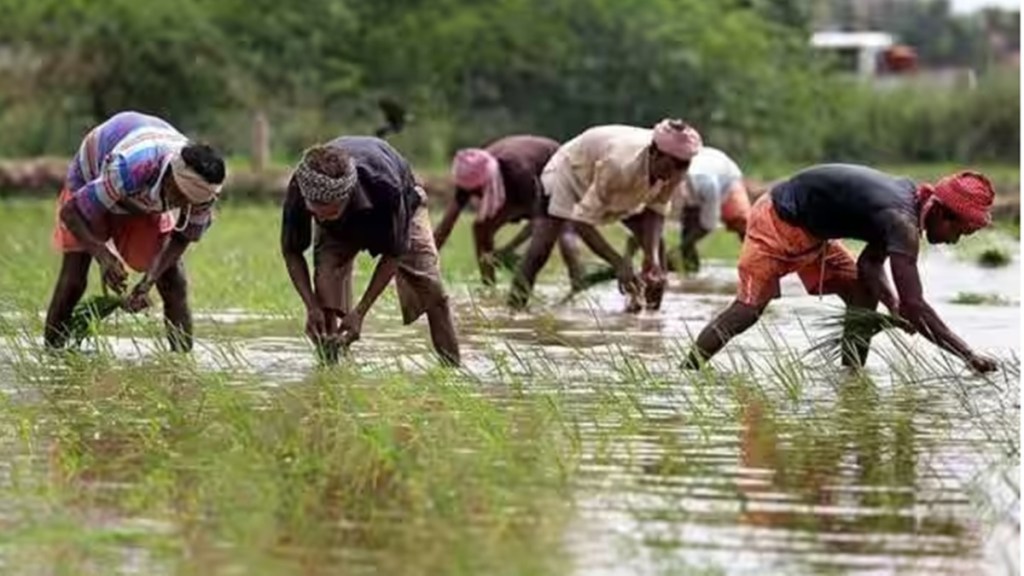By Arun Raste
Organised olive production in India began in 2007, when saplings from the Israeli company Indolive were imported and planted in Rajasthan. Scientists at the Central Institute of Temperate Horticulture (CITH) Kashmir have grown olive tree varieties from the US, Egypt and Italy; a project to study the tree’s behaviour in the climatic conditions of the Kashmir Valley has been on since 2008. The first harvest in Rajasthan was made in 2012, and commercial oil production commenced in 2013. Indian-origin olive oil brand RajOlive was launched in November 2016.
Global consumption of olive oil is around 3 million tonnes per year. Major consumers include Europe, the US, Brazil, Canada, Japan, China, Australia, etc. The Israelis are the largest per capita consumers—2.5 kg of extra virgin olive oil per year—whereas US nationals consume about 1 kg per person per year.
The global olive oil market was valued at $14.20 billion in 2022, and is projected to grow to about $19 billion by 2030. The oil currently represents mere 0.14% of the edible oils sold in India. However, its imports have nearly quadrupled in the past decade—from 2,700 tonne in 2009 to 9,300 tonnes in 2018. By next year, the demand is expected to touch 42,000 tonnes. The Indian olive oil market is estimated to reach $200 million by 2030.
Unlike most other edible oils derived from annual crops (groundnut, canola, etc), olives do not require tilling, planting, and harvesting. And farmers don’t need to spend on related inputs like energy, fertiliser and labour. Thus, olives prevent erosion of top soil and facilitate capture of atmospheric carbon throughout the year, whereas seasonally ploughed crops capture carbon only until harvest.
Olive cultivation allows greater ground cover and increases biological diversity and reduces the use of herbicides and insecticides by hosting predators of insect-pests.
When Israel’s Ben Gurion University initiated its project to reclaim desert area for agriculture, they selected olive as the model crop. Given it is drought-resistant, 70% of the world’s olive orchards are in rain-fed regions.
Olive seedlings normally produce inferior fruit; therefore, budding is a preferred. Normally, extracting a litre of oil needs about 6 kg of fruit—about 6,000 fruits. Cold-press method is used to get extra-virgin oil, whereas the regular oil is refined. However, cultivation is a long-term investment, and it takes several years for trees to reach maturity and begin producing olives in significant quantities.
Olive economics can vary based on location, climate, scale, farming practices, market conditions, etc. If an acre yields about 20 quintals of wheat, at the minimum support price (MSP) of Rs 2,015 per quintal, a farmer gets about `40,000 per acre. Against this, the total number of olive plants in the same area is 100, at a spacing of 20ft by 20ft. If each plant produces 17 kg of olive fruit, then production from an acre of land would be ~1,700 kg. If 20% of that production is converted into olive oil, then the yield would be close to 340 l of oil. Even if the farmer gets Rs 500 per l, he will get `1,70,000 per acre. However, there are challenges as well. It takes 5-6 years for olive trees to start bearing fruits. This means no income for those years. Second, inter-cropping with olive is also difficult.
Extra-virgin olive oil—the most premium category—is available in Italy at about `1,200- 3,000 a litre and in Spain at `900/litre or more. Imported extra-virgin oil is sold at `800-1,200 in India, that too after import duties and other taxes. Therefore, it is highly unlikely that what is marketed in India as extra-virgin oil is actually imported extra-virgin olive oil. Unfortunately, no testing mechanism is followed and no testing done to ascertain their quality. This puts our domestic farmers at a disadvantage as the rates are suppressed because of these low quality imports.
Further, the National Mission on Oilseeds has clubbed olive under tree-borne oilseed (TBO). Mere 4,375 hectares will be allotted for systematic plantation in the states for 11 identified TBOs—namely karanja, neem, jatropha, wild apricot, simarouba, kokum, tung, mahua, jojoba, cheura and olive. While there are some subsidies available for cooperatives and central agencies, hardly anyone knows about these. The Union government needs to pay attention to this proven crop, where the Rajasthan government has shown the way.
The olive growing areas could be expanded to many rain-fed areas, besides the desert areas in Kutch (Gujarat) to ensure better economic return from desert farming.
The writer is MD & CEO, NCDEX
Views are personal

